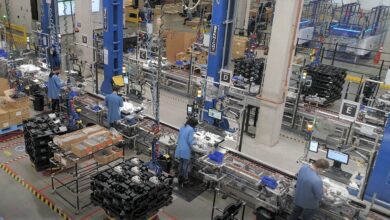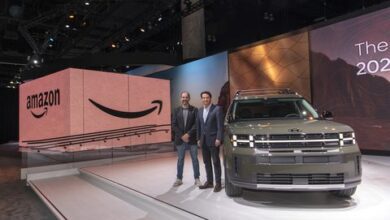Advice
How to cater for the millennial consumer

Technological advancements have certainly changed the game for the modern-day consumer, and this couldn’t be more true for the group known as millennials. Being clued up when it comes to online content and data has changed the way in which millennials have made decisions about where to shop, and if you thought the baby boomers were big spenders, you’d better think again.
You'll need to
subscribe to unlock this content. Already subscribed? Login?





